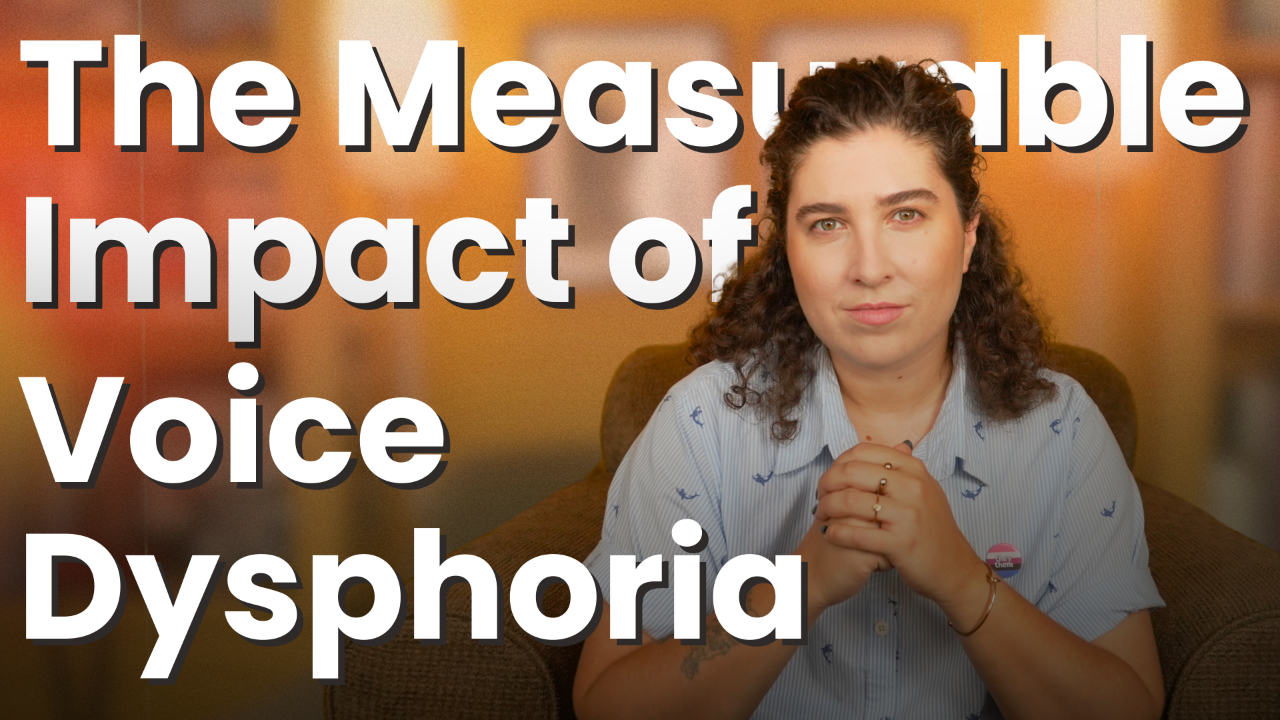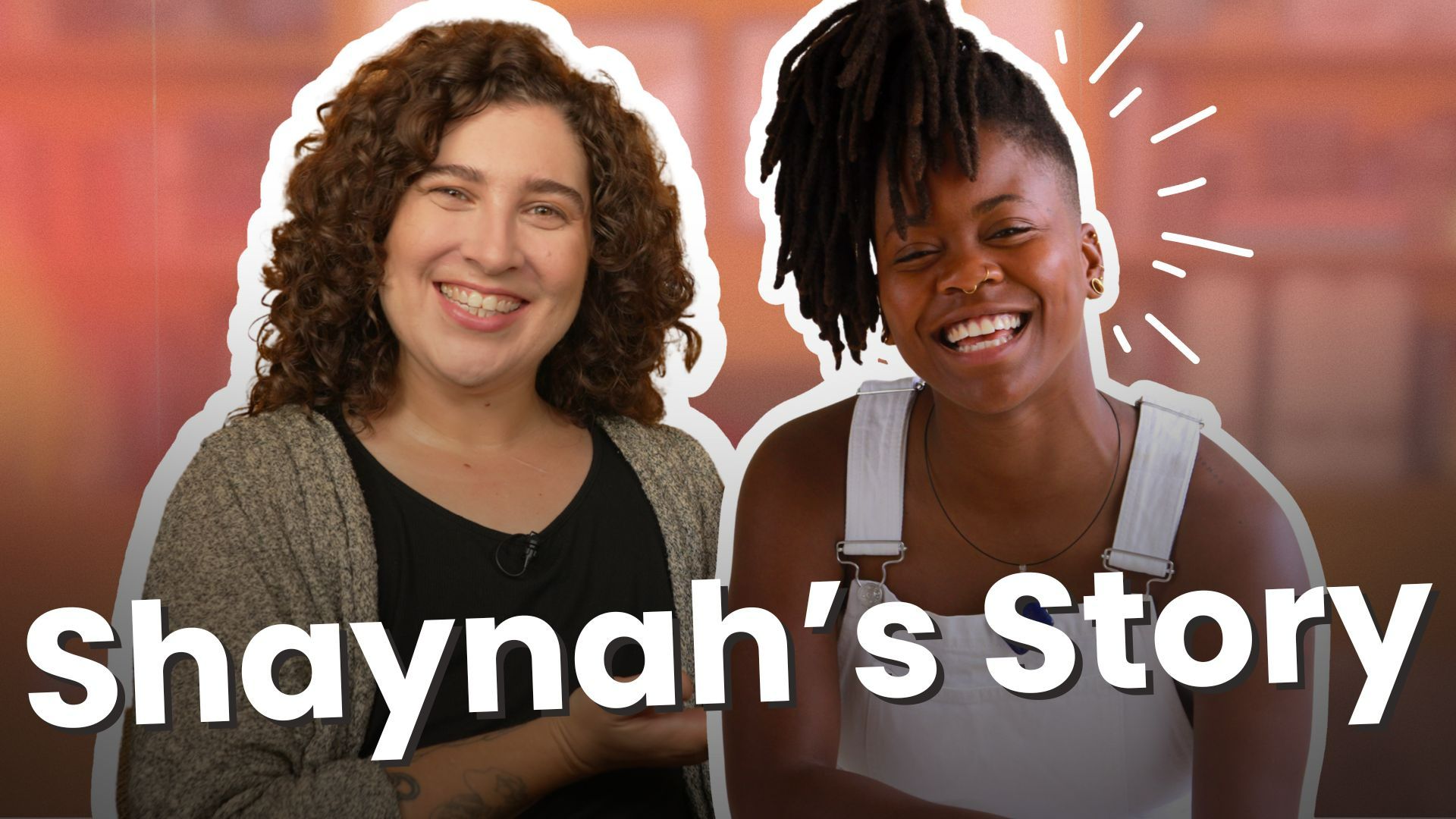Your Resonance Breakthrough: Spectrogram Basics for Trans Voice Training
Jun 26, 2025
If you’ve ever opened a spectrogram and immediately thought, “What am I looking at?”—you’re not alone.
Compared to a tuner, which gives you one clear number, a spectrogram shows a whole world of information all at once. And that’s both the beauty and the challenge of it. Spectrograms can be an incredibly helpful tool in trans voice training, especially when you're working on modifying resonance, but only if you know how to read them.
In this post, I’ll walk you through what a spectrogram measures, how to interpret the visuals, and how to use it as feedback in your own trans voice journey—whether you're aiming for a brighter, more feminine resonance, a darker, more masculine one, or something all your own.
👇 Watch the full video here:
What Is a Spectrogram (and Why Should You Care)?
Let’s back up for a second. In trans voice training, resonance is one of the most powerful tools we have for shifting gender perception. But it’s hard to measure by ear alone, especially for beginners. That’s where the spectrogram comes in.
A spectrogram is a graph that visualizes sound across three dimensions:
-
Y-axis (vertical): Frequency, or pitch, measured in Hz
-
X-axis (horizontal): Time
-
Colour/brightness: Amplitude, or loudness of each frequency
Together, this creates a heatmap of your voice over time. Brighter areas show louder frequencies, while darker or cooler areas show quieter ones. And all those bright horizontal lines you see? Those are harmonics, including your fundamental frequency (your pitch) and the overtones layered on top.
Spectrograms & Resonance
Here’s the key: your vocal tract acts as a resonator. It shapes the sound produced by your vocal folds by amplifying certain frequencies. When these frequencies line up with harmonics from your vocal folds, the result is a boost in certain parts of the spectrum. That boost is what we perceive as resonance.
-
Brighter resonance = higher harmonics boosted
-
Darker resonance = lower harmonics boosted
By adjusting the shape and size of your vocal tract (moving your tongue, lips, larynx, etc.), you can shift your resonance. And by watching the spectrogram, you can see how those changes affect the sound.
How to Use a Spectrogram in Voice Practice
If you’ve never worked with a spectrogram before, start simple. Here are the three practice methods I recommend in the video:
1. Start with unphonated sounds
Try whispered sounds like the “Big Dog / Little Dog” exercise or “Whisper Screams.” These are great for focusing on resonance alone, without pitch getting in the way.
2. Stabilize pitch and simplify
Once you're comfortable with unphonated sounds, move to a single sustained vowel on a steady pitch. This makes it easier to spot resonance changes on the spectrogram. You’ll know your pitch is stable when the horizontal lines are flat.
3. Use short, controlled phrases
Once you’ve built confidence, you can try very short phrases like “Hi” or “Hello” with different resonances. If you’re seeing clear changes in the brightness and spacing of the harmonic lines, you’re on the right track.
A Word of Encouragement
Spectrograms are a lot to take in, especially at first. If the display still looks confusing after all this, you’re not doing anything wrong—it’s just a complex tool. Even I don’t always know what I’m seeing at a glance!
That’s why the most important skill to build alongside spectrogram work is your felt sense of resonance. Pause your exercises. Try them again with your eyes closed. Tune in to what you hear and feel. That connection between visual, auditory, and physical feedback is what will really move the needle in your practice.
And if spectrograms just aren’t clicking for you yet? That’s okay too. You can still make incredible progress without ever using one.
Try It Yourself
Want to experiment with a spectrogram? Here are some tools you can try for free:
-
Mobile apps: Voice Tools, SpectroPro
Final Thoughts
Spectrograms aren’t magic, but they can be an incredibly useful part of your toolkit, especially when it comes to something as hard-to-hear as resonance. The more you play with it, the more intuitive it becomes.
And if you want a more guided, step-by-step approach, my trans voice courses go way deeper into resonance, pitch, inflection, vocal weight, and more. They're all 30% off during Pride Month with code PRIDE2025.
Happy spectrogramming!
—
P.S. Want weekly trans voice tips, resources, and stories?
Sign up for my newsletter here
Want weekly tips, resources, and insights on trans voice training? Sign up for my newsletter and get the latest content delivered straight to your inbox. It's free!









